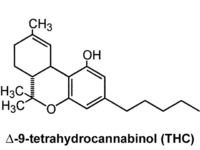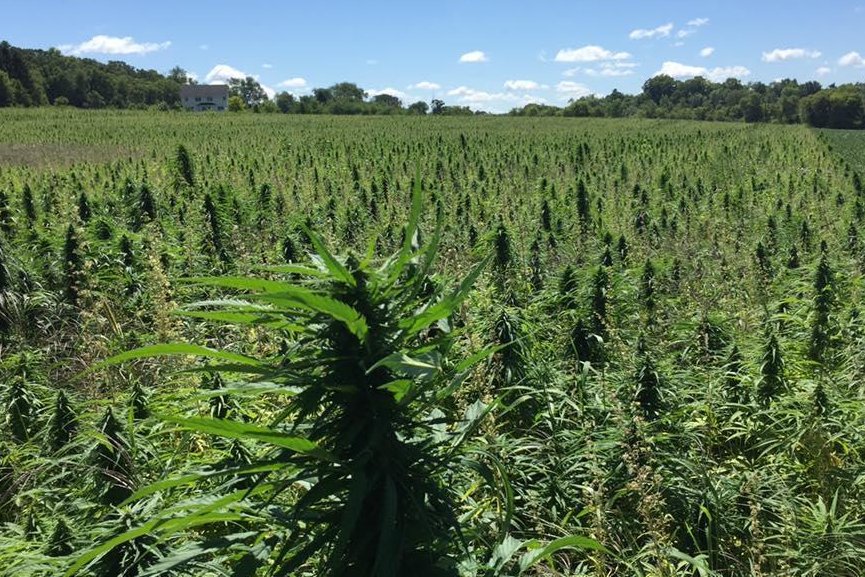What is “fit-for-purpose?” Fit-for-purpose is an established best practice used in several major industries, like information technology, pharmaceuticals, agriculture and inventory management. It is a concept that aligns infrastructure and systems specifications with desired outputs – be that product, service or bottom line. When applied to a cannabis plant, its parts, products and associated processes, it can streamline regulatory framework development, implementation and compliance.
Fit-for-purpose is simply a series of logic questions you ask yourself to determine what business practices you should implement and the regulatory framework in which you must comply. What are you making? Who is it for? Where will it be sold? All this impacts how you would cultivate, process, handle and store a cannabis plant, its parts and products regardless of the type of cannabis plant. The fit-for-purpose concept is a tool that can be applied to any scenario within the cannabis/hemp marketplace. Take for instance, sustainability: a practical example would be to design cultivation standards that are “fit-for-purpose” to the climatic region in which the plants are grown – allowing any type of cannabis plant grown anywhere in the world to meet specifications regardless of the method of production.
There is no “special sauce” here. All fit-for-purpose does is get you to ask yourself: “Are the protocols I am considering implementing ‘fit/appropriate’ to my situation, and if not, which protocols are more ‘fit/appropriate’ based on the products I am making, the target consumer and marketplace in which the products are to be sold?”“Fit-for-purpose is a powerful concept that can be used for simplifying regulatory framework development, implementation and compliance”
A non-cannabis/hemp example of fit-for-purpose could be a scenario where a banana producer wants to implement a data management system into their cultivation practices to better track production and yields. There are many data management systems this banana producer could implement. They could implement a data management system like that of big pharma with multiple levels of redundancy and access control related to intellectual property and other sensitive data. They could also implement a data management system used for tracking warehouse inventory; it cannot exactly capture everything they need but it is better than nothing. Neither example is really “fit/appropriate” to the banana producer’s needs. They need something in between, something that allows them to track the type of products they produce and the data they want to see in a way that is right for them. This idea is at the core of the fit-for-purpose concept.
Applying Fit-for-Purpose
So how do we apply fit-for-purpose to the cannabis/hemp marketplace? Fit-for-purpose reduces the conversation down to two questions: What products are you planning to make and how do those products affect your business practices, whether that be cultivation, processing, manufacturing or compliance. The point being the products you plan to produce determine the regulations you need to follow and the standards you need to implement.
Growers can use it to guide cultivation, harvesting, handling and storage practices. Processors and product manufacturers can use it to guide their production, handling, packing and holding practices. Lawmakers can use it to guide the development, implementation and enforcement of commonsense regulations. This is the beauty and simplicity of fit-for-purpose, it can be applied to any situation and related to any type of product.

Let us look at some practical examples of fit-for-purpose for cultivators and processors. Cultivators have three main areas of focus, growing, harvesting and storage, whereas processors and product manufacturers have it a little more complicated.
Cultivation of a Cannabis Plant
Growing
Requirements for growing a cannabis plant, including those that can be classified as “hemp”, should be dictated by the product with the strictest quality and safety specifications. For example, growing for smokable fruiting tops (i.e. the flowers) may require different cultivation techniques than other products. You may not want to apply the same pesticides or growth additives to a cannabis plant grown for smokable fruiting tops as you would to a cannabis plant grown for seed and fiber.
Harvesting
The next point is important – harvesting and handling requirements should be agricultural, period. Except for those products intended to be combusted or vaporized and then inhaled. Following our previous example, smokable fruiting tops may require different harvesting techniques than other products, especially if you are trying to maintain the aesthetic quality of these goods. You may choose a different harvesting technique to collect these fruiting tops than you would if primarily harvesting the seed and fiber and thinking of the leftover biomass as secondary.
Storage
When considering the products and their storage, you need to consider each one’s quality and safety specifications. One product may have a temperature specification, whereas another may have a humidity specification. You need to make sure that you store each product according to their individual quality and safety specifications. Then consider the products with the highest risks of diversion and potentially if you need to implement any extra protocols. Continuing our example – smokable fruiting tops, whether classifiable as “hemp” or not, pose a higher risk of theft than seeds or fiber and may require additional security measures depending on the authority having jurisdiction.
Processing and Manufacturing Operations
When applying fit-for-purpose to processing and manufacturing operations, first you must choose the products you want to make and specify the intended use for each product. This allows you to identify the quality and safety requirements and the potential for diversion for each good. Which in turn allows you to specify your manufacturing, processing and handling protocols for each product related to their quality and safety requirements. Then those specific products with higher risks of diversion requiring extra protocols to be put into place depending on local regulations and/or internal risk assessments, should be considered and your practices modified, as necessary.
Commonsense Regulations
Image if regulations governing a cannabis plant, its parts, products and associated processes were based on the intended use rather than a set of attributes that vary from jurisdiction to jurisdiction. It is complicated enough for regulators to think about a cannabis plant or cannabis product without having to worry about if that cannabis plant or cannabis product can be classified as “marijuana” or “hemp.” Fit-for-purpose removes this complication and simplifies the debate.
 Using a fit-for-purpose approach eliminates the need to think about the molecular constituents and focuses the conversation on the intended use rather than one or two specific molecules – in this case, d9-THC, the boogie-man cannabinoid. Considering the intended use promotes consumer and environmental health and safety by allowing operators and regulators to focus on what is most important – quality and safety instead of whether something is “marijuana” or “hemp.”
Using a fit-for-purpose approach eliminates the need to think about the molecular constituents and focuses the conversation on the intended use rather than one or two specific molecules – in this case, d9-THC, the boogie-man cannabinoid. Considering the intended use promotes consumer and environmental health and safety by allowing operators and regulators to focus on what is most important – quality and safety instead of whether something is “marijuana” or “hemp.”
This idea is what drives the real impact of fit-for-purpose. It creates a path forward to a one plant solution. We have where we are now – with “marijuana” and “hemp” – and where we want to get to – cannabis. It is all one plant with many different applications that can be used to create different commercial products. Fit-for-purpose helps bridge the gap between where we are now and where we want to get to and allows us to start thinking about “marijuana” and “hemp” in the same manner – the intended use.
Fit-for-purpose is a powerful concept that can be used for simplifying regulatory framework development, implementation and compliance. Regulations imposed on a cannabis plant, its parts and products should be appropriate to their intended use, i.e. “fit-for-purpose.” This approach challenges the confines of the current draconian bifurcation of the cannabis plant while working within this system to push the boundaries. It creates a path forward to a one plant solution and begs the question: Is the world ready for this novel concept?



